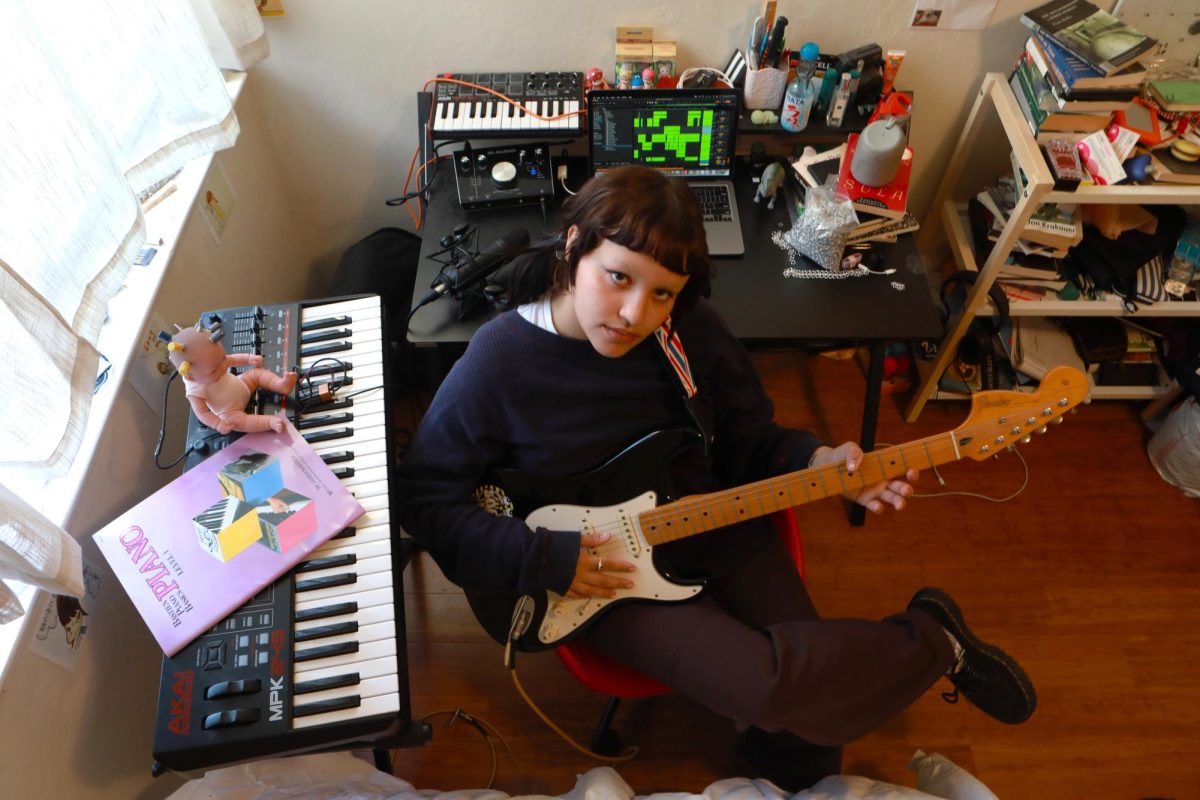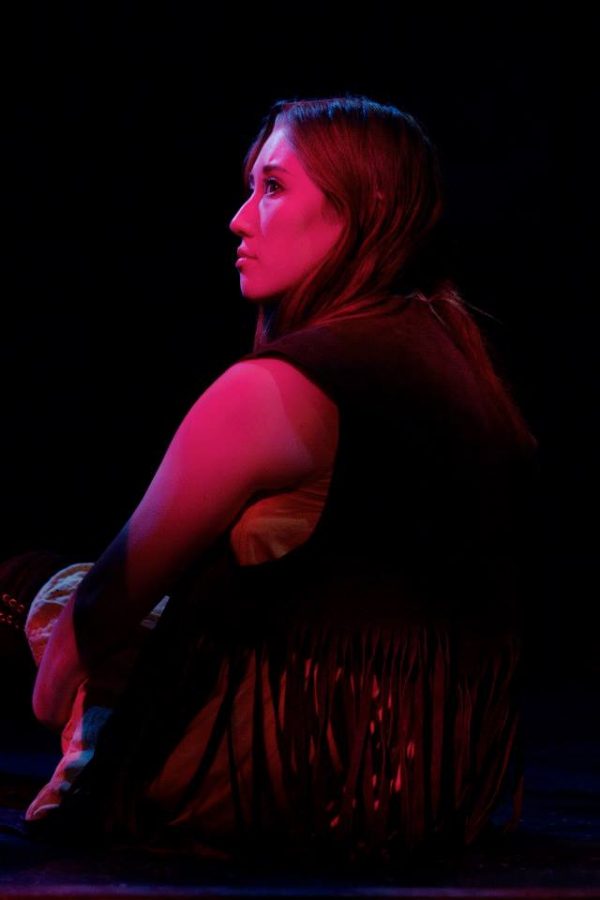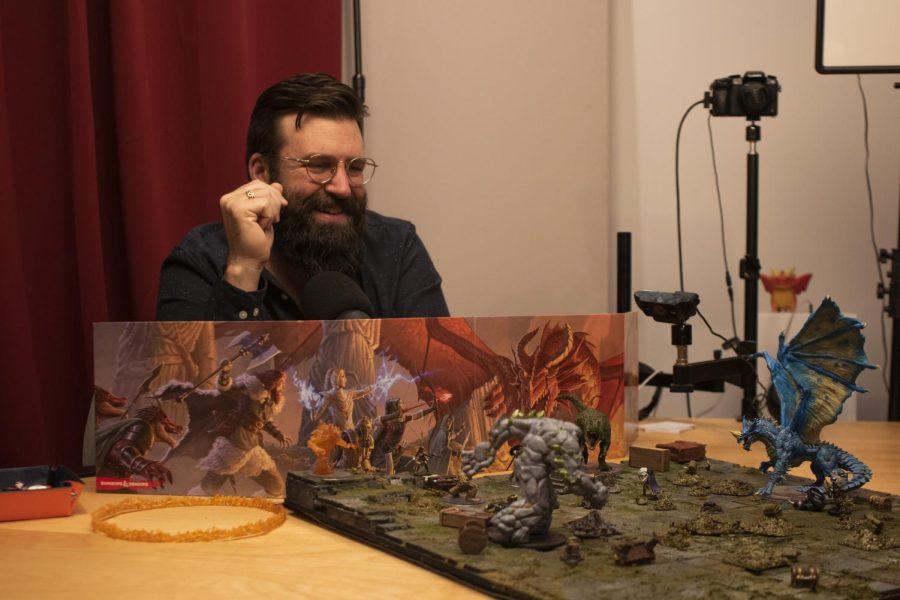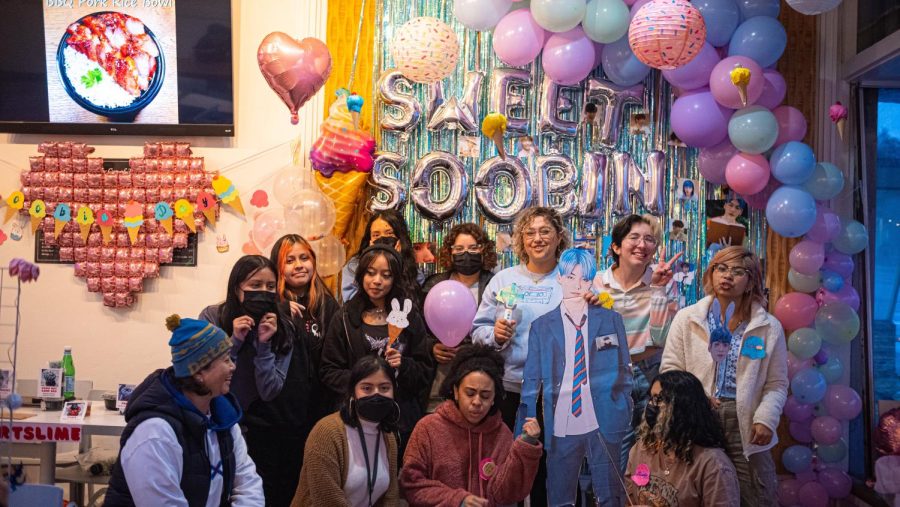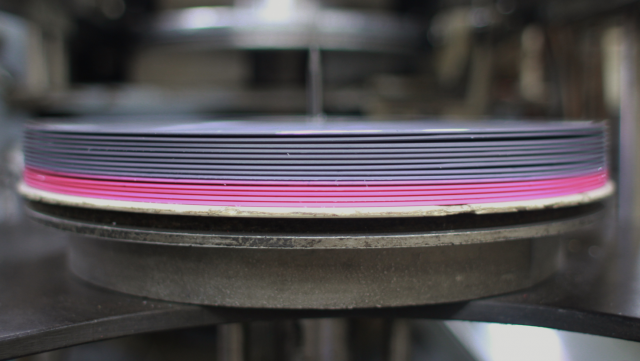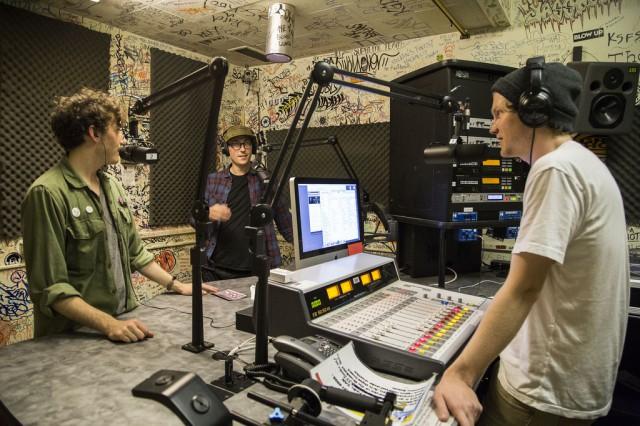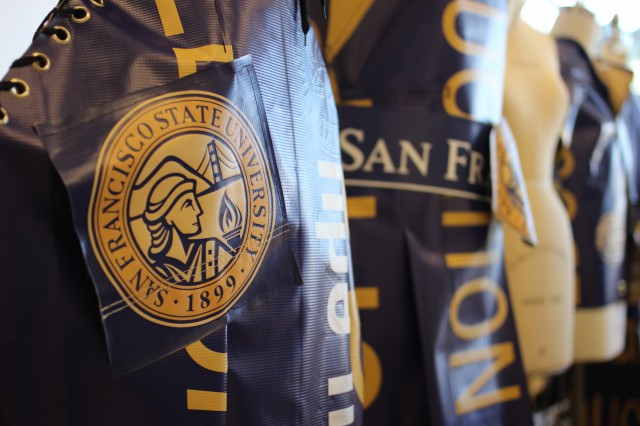Written by Matthew Reyes Photos by Ryan Leibrich
It’s raining.
Not a welcoming mist rolling over the Bay Area on a calm winter’s day, but a mean one that slaps the flesh in a nonstop syncopated cadence, creating a hollowed-out sound that sets bodies trembling.
It’s raining that hard.
The heavens just had to pour down with such fury on the only day possible for this photoshoot of a yikin group whose bodies create their own syncopated cadences on their home turf in West Oakland. The roster includes Priceless Da Roc, a Bay Area rapper and dancer; India Haynes, who goes by Ms. #GetItIndy on her YouTube channel (which has over 170,000 subscribers and 1.2 million views); in-house dancers KP and C2Saucy; 99% (a duo that consists of rappers Camoflage and JB); and resident DJ, J12.
But by the look of their faces, the weather torment doesn’t phase them. They turn the event in their favor, posting on Instagram about the photoshoot in order to augment the recognition they already have. They dance, they joke, and they go for it, all in the rain. Trying out new moves and combinations in this dance style, yikin, that started off as a YouTube sensation and skyrocketed in popularity in 2012.
Bay Area dancer Chonkie F Tutz, of the Turf Feinz crew, originated the style when he combined twerking with grinding. The dance is simple: A girl bends over and moves her body in a snake-like motion while another person, usually a man, right behind follows her hips with his.
However, the refined twists and turns of yikin, sensual and provocative, captured the public’s attention in large part due to Prince Adenola, a SF State student, who goes by the pseudonym Prince of the Yike. The videos he posted on YouTube of himself yikin made the style visible worldwide.
“No one knew who I was,” Prince recalls. But since then, hip-hop artists have reached out and hired him to tour with them as a backup dancer. “It’s crazy what a dance can do and what its impact can be. It’s basically extreme twerking,” he explains.
“It’s twerking, but evolved,” Priceless adds. Evolved, yet really an extension of the twerking seen in most hip-hop music videos; the twerking Miley Cyrus did on Robin Thicke at the VMAs; yes, that same twerking that’s banned from high school dances. That twerking.
Yikin has also been leading to a melding of the dance and rap scenes. “It’s really not too often that rappers are dancers,” Priceless says, who was primarily a rapper before the yikin movement. Featured as a contestant on BET’s 106 and Park on its Freestyle Friday, he now incorporates yikin into his music.
Since its inception in 2012, video tutorials, such as “How To Yike,” have helped the movement gain momentum among teenagers and even a seventy-year-old grandma. “Red Nose,” by Sage the Gemini, hit the fifty-second spot on the Billboard Hot 100, glamorizing the dance in its music video. No wonder others, like Prince, are now posting videos to make a name for themselves.
“Everyone knows that I dance,” Prince says. “I just want to show people I can do something different,” which is also why he released “1 Time,” a track that features SF State producer and rapper Cloud and #GetItIndy.
Yikin promotes a Jack-of-all-trades mentality. “You can’t just do one thing,” Priceless says. “You need to be a man of many hats.” He likes it that way, because it promotes hard work for future generations who want to get into the entertainment business.
“It’s a serious art form,” says Mzz. Bone, manager for The Yike Fest Tour that gathers and showcases stars of the new style. “Your knees have to be strong to get low. It’s really hard.” She compares it to salsa or tango, where enthusiasts practice at home, taking time and energy to perfect their moves. “We had the first Yike Fest in April 2013,” she continues. “Then we did another one in Oakland, and we turned away around three hundred people. Everyone wanted to party.”
From there, Mzz. Bone and Priceless knew that the demand was high. They took the Yike Fest Tour to cities, big and small. “We just came from Bend, Oregon, which is a very, very, very small town,” Priceless says. “But people still asked for us there and wanted the experience. So we found a way to make it happen.”
“You cannot not have fun at a Yike Fest,” Mzz. Bone adds. “I don’t care if there’s five people in the room, they’re going to have the time of their lives with us.”
With the surge in pop-culture popularity has come a cacophony of internet criticism of yikin’s sexual intensity and assertions that the dance objectifies women. However, according to Priceless, Prince, and other yikin enthusiasts, there’s more depth to this new dance craze then what is seen and said on the internet.
“Early Bay Area music, was mob music,” explains Priceless. “Slapping a bitch and getting money out of the bitch. But now, because yikin is getting big, you hear a lot of party music. You hear a lot of turnt up music. You hear more dance, booty-shaking music opposed to the hoe music where you pimping a hoe.”
He feels yikin has helped move Bay Area music move away from a negative place, unlike the Hyphy movement, which started out in the region as well. In September of 2013, Thizz Entertainment, which helped solidify the Hyphy movement, was associated with drug-trafficking when Michael Lott, self-proclaimed CEO of the record label, was pulled over for trying to sell heroin to an undercover agent, according to the Drug Enforcement Administration. “The Hyphy movement was the biggest thing that came from The Bay,” Priceless says. “Even though it was great for the culture, the message was still negative.”
Yikin is sometimes viewed as too sensual. Youth have embraced this dance, and critics feel that’s a recipe for disaster. In October of 2013, Aliso Niguel High School, located in Orange County California, banned twerking or any other sexual dances and no longer allows it on campus or at school functions.
However, Priceless and Mzz. Bones feel like the young will do it anyway, so why not provide a safe environment for them to do so? Some people feel like its positive for the youth and distracting them from doing unlawful activities. Sage the Gemini said on “Sway in the Morning” last August, that “there is a positive movement going in the Bay Area now where the kids are dancing rather than shooting, and people just need to take notice.”
Yikin’s popularity is rising at a rocket’s pace, and it’s not stopping anytime soon. Priceless’ wants to continue growing and developing as an artist while contributing to positivity. He and Mzz. Bones are currently working on the next California Yike Fest Tour, and Prince of the Yike is coming out soon with music that allows him to embody the role of dancer, rapper, and entertainer.
As for the movement’s future, no one knows, not even Priceless and Mzz. Bones. But what they do know is that yikin will continue to celebrate life, be positive, and encourage good times. When it rains, it pours.




